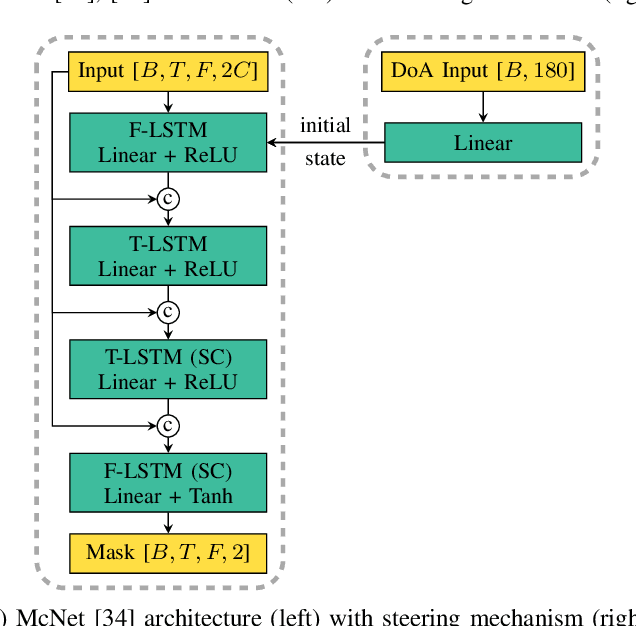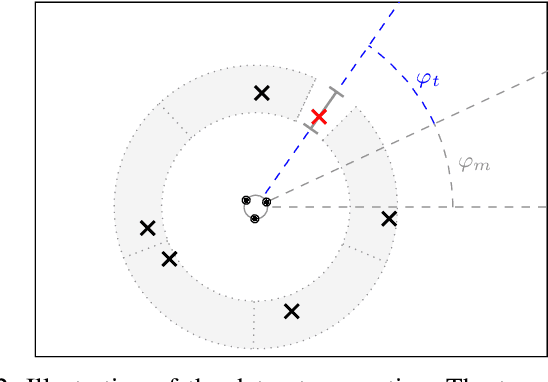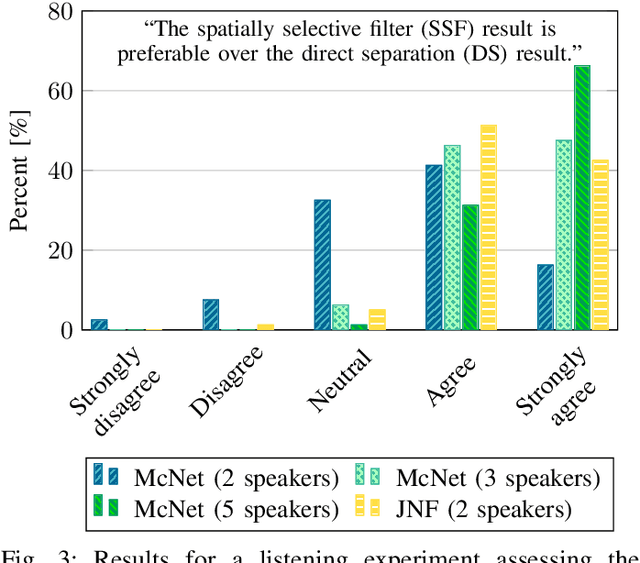Multi-channel Speech Separation Using Spatially Selective Deep Non-linear Filters
Paper and Code
Apr 24, 2023



In a multi-channel separation task with multiple speakers, we aim to recover all individual speech signals from the mixture. In contrast to single-channel approaches, which rely on the different spectro-temporal characteristics of the speech signals, multi-channel approaches should additionally utilize the different spatial locations of the sources for a more powerful separation especially when the number of sources increases. To enhance the spatial processing in a multi-channel source separation scenario, in this work, we propose a deep neural network (DNN) based spatially selective filter (SSF) that can be spatially steered to extract the speaker of interest by initializing a recurrent neural network layer with the target direction. We compare the proposed SSF with a common end-to-end direct separation (DS) approach trained using utterance-wise permutation invariant training (PIT), which only implicitly learns to perform spatial filtering. We show that the SSF has a clear advantage over a DS approach with the same underlying network architecture when there are more than two speakers in the mixture, which can be attributed to a better use of the spatial information. Furthermore, we find that the SSF generalizes much better to additional noise sources that were not seen during training.
 Add to Chrome
Add to Chrome Add to Firefox
Add to Firefox Add to Edge
Add to Edge